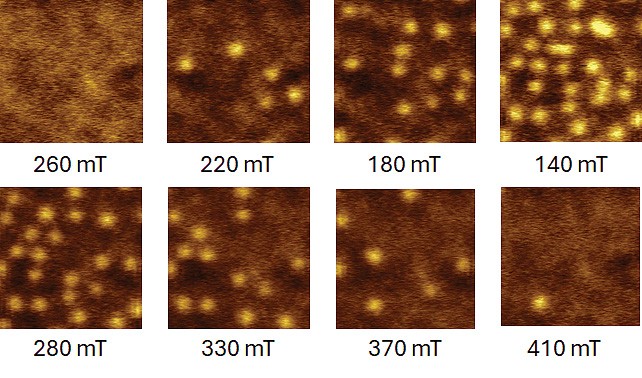This Cookie Policy applies to the services (the “Services”) offered by NANOscientific (“we”, “our” or “us”) (https://magazine.nanoscientific.org, the “Website”) and provides you with information on how we use cookies and similar technologies. Please read this Cookie Notice carefully and feel free to contact us if you have any questions. You may access and change your cookie preferences at any time by clicking here.
What are Cookies?
A cookie is a small text file that a website saves on your computer or mobile device when you visit the Website. It enables the website to remember your actions and preferences (such as language preferences) over a period of time, so that you would not have to keep re-entering them whenever you come back to the Website or browse from one page to another.
We also use other forms of technology (such as web beacons) which serve a similar purpose to cookies and which allow us to monitor and improve our Service and email communications. When we refer to cookies in this Cookie Notice, this term includes these similar technologies. If you would like more information about our privacy practices, please consult our Privacy Notice.
How do we use Cookies?
This Website uses first party cookies to understand how you use the Website, provide certain functionalities on the Website and remember your preferences on the Website. Your use of the Service may result in some third party cookies being stored that are not controlled by us. This may occur when the part of the Service you are visiting makes use of a third party analytics or marketing automation/management tool or includes content displayed from a third party website. You should review the privacy and cookie policies of these services to find out how these third parties use cookies and whether your cookie data will be transferred to a third country.
We retain the information we collect through cookies for up to [12 months] after collection.
Cookies used on the Website
A full list of the cookies that we use on the Website can be found below.
| Cookie categories |
Purpose of cookie |
| Essential Cookies |
To provide you with the Service you have requested. Without these cookies, Services that you have asked for cannot be provided. For example, essential cookies enable us to remember the items you place in the shopping basket so that you can order products. |
Performance Cookies
(Audience measurement) |
Advertising CoTo analyze the use, performance and design of our Services, detect errors and improve user experience. For example, this type of cookie enables us to understand how often you are using our Services, to recognize that you have visited our websites before and to identify which parts of our Services and which sections of our website are most popular, for example by allowing us to see which pages visitors access most frequently and how much time visitors spend on each page.okies (Behavioral advertising) |
Functional Cookies
(Content customization) |
To deliver a better user experience, and build up customer usage patterns and profiles. For example, this type of cookie ensures that the information displayed when you use our Services (e.g. on your next visit to our website) will match up with your user preferences (such as language preferences, font size or auto-fill options). |
Advertising Cookies
(Behavioral advertising) |
To personalize our website, deliver customized advertisements to you, or contact you directly where you have separately consented to such communications, in a way which is relevant to you and which matches your interests by, for example, using information about products you have browsed or ordered on our website. |
Information on ad choices and cookies
Online tools that explain digital advertising and allow you to choose how cookies are used throughout your web activity are available.
Digital Advertising Alliance (DAA): Browser Check
European Digital Advertising Alliance (EDAA): Your Online Choices
Network Advertising Initiative (NAI)
To opt out of being tracked by Google Analytics across all websites, visit http://tools.google.com/dlpage/gaoptout.
Changes and updates
We may update this Cookie Notice from time to time. We encourage you to periodically review this Cookie Notice to stay informed about our use of cookies, the information we collect via cookies, and any updates in relation thereto.
We will post any changes to this Cookie Notice on our Website. If we make any changes to this Cookie Notice that significantly impact the way we use cookies, we will endeavor to provide you with notice in advance of such change by highlighting the change on our Website.
Your continued use of the Services constitutes your agreement to this Cookie Policy and any updates.
More information and how to contact us
To contact us or for more information on how we process your personal information and to exercise your rights in relation to your personal information, please consult our Privacy Notice.
